If you're a plant lover, you know the importance of keeping your plants hydrated. A plant humidifier is essential for indoor gardeners because it helps create the perfect environment in your home or office. In this article, we compared six different plant humidifiers with unique features so you find the best one for your needs.
Overview of the best plant humidifier
Premium
Vornado Evap40 Evaporative Humidifier
- Capacity: 4 Liters
- Ideal For Bigger Rooms (<1000 ft²) Simple Controls
- 1000 Square Feet Floor
- Color: White
Top Pick
Geninani Top Fill Cool Mist Humidifiers
- Ideal For Small Rooms
- Simple Controls
- 2-Year Warranty
- Capacity: 4 Liters
- 220 Sq. Feet
- Quiet, Ultrasonic
A plant humidifier is an essential tool for indoor gardeners and hydroponic growers. A humidifier will ensure that your plants are well-hydrated, which in turn will help them grow quicker and healthier. The best plant humidifier is the one that is tailored to your plant's specific needs.
What Are The Benefits Of A Plant Humidifier?
- Plant humidifiers help plants grow hydrated,
- Improves root growth
- Creates a healthier air quality
- Promotes rapid plant growth
- Affordable, making it accessible to everyone
- Convenient to operate without the need for additional equipment
- Put an end to spending time on tedious tasks like spraying water.
Types Of Humidifier
There are mainly three types of plant humidifiers:
- Warm mist humidifier or (warm air humidifier),
- Cool mist humidifier
- Ultrasonic humidifier, and
- Evaporative humidifier
1. Warm Mist Plant Humidifiers
- They release pure mist by evaporating the boiling water.
- These types of humidifiers may take more energy than others to produce mist.
2. Cool Mist Plant Humidifiers
- Cool mist plant humidifiers use cold mist to keep plants moist. They are easier to clean and cheaper to operate but are noisier.
3. Evaporative plant humidifiers
- The most basic way of humidifying a room is by placing water in an enclosed container so that the moisture evaporates into thin air- this works best if you have good ventilation too!
- Evaporative plant humidifier works on the same principle but uses fans that draw air through moist wicks at their bases. They use a fan to pull water over a moist wick to create a cool mist.
- Evaporative humidifiers also include filters, which must be changed regularly to avoid mold and bacteria.
- They can produce more noise due to the functioning of the fan.
4. Ultrasonic plant humidifiers
- These plant humidifiers use a high-frequency sound wave to create a fine mist of plant water.
- Ultrasonic plant humidifiers are a good choice for plants that need more humidity.
- They're quieter and more attractive in terms of design but are pricier.
Cool Mist Vs. Warm Mist Humidifier: What Is The Difference?
Are you wondering about the difference between cool mist vs. warm mist humidifier?
- A warm mist humidifier works by heating water and generating steam, which is then used to humidify the air.
- A cold mist humidifier generates very fine water droplets in the air.
- Cool mist humidifiers are cheaper than warm mist humidifiers.
- However, cool mist humidifiers generate more noise than warm mist humidifiers.
- Compare plant humidifiers based on size, power source, type of plant, and environmental conditions.
- Look for a plant humidifier with features like an adjustable mist control knob so it will always be set at the right level for your plants' needs.
- And if you're growing anything other than houseplants, ensure the desired humidity range matches their specific plant's requirements! A well-chosen plant humidifier is key to a healthy plant collection.
- For houseplants, you can get away with using a plant humidifier with a smaller mist output since they're sitting in the same area for long periods. On the other hand, stock plants need more humidity, so higher-output plant humidifiers are recommended.
- Consider whether or not you want to use tap water with your new humidifier; some models are compatible with this option, while others require distilled water only.
- Also, consider the price. Some plant humidifiers can be a little too pricey for some plant enthusiasts.
Now you know different types of plant humidifiers and things to consider before buying plant humidifiers. Here we compare the top 6 plant humidifier on the market. We will be looking at plant humidifier with unique features and those very popular on the plant and gardening forums.
Let's take a look!
Top 6 Best Plant Humidifier Reviews
1. Vornado Evap40 4-Gallon Evaporative Humidifier (Premium)
Features:
- Deep-pitched blades pull large volumes of dry air through two humidifying filters and then circulate the humidified air throughout the room using Vornado's signature Vortex Action, providing complete and uniform humidification in spaces up to 1 000 sq. ft.
- The 4-gallon capacity provides up to 4 gallons of water output in 24 hours when operated continuously on high, allowing for long, uninterrupted operation and fewer refills.
- The Control panel allows you to select your fan speed (low/750 RPM, medium/1150 RPM, or high/1600 RPM) and your desired humidity level using the humidistat dial.
- Two spill-proof and leak-free removable tanks are simple to clean and easy to refill. This could be one of the best grow tent humidifier.
- Evap40 senses how much humidity and circulation is needed to maintain your ideal environment and automatically adjusts.
- Certified, safety-tested, and warrantied for use only in the U. S.
Pros:
- Creates a comfortable, perfectly humidified space quickly and quietly.
- An easy-to-use control panel lets you choose your desired humidity level and fan speed (low, medium, or high).
- Easy to install.
Cons:
- It can produce some glub noise.
- Not ideal for multi-pet households
- The hole where you pour the water is small with no cap and takes little time to fill.
2. Geninani Top Fill Cool Mist Humidifiers (Top Pick)
Features:
- It is a 2-in-1 humidifier & diffuser.
- Maintain a healthy humidity level automatically with a built-in intelligent sensor.
- You can manually adjusе the moisturizing speed by choosing a low, medium, or high setting.
- The unit is as quiet as a ticking clock. The noise level is 38dB.
- Soothing night light helps kids fall asleep. The unit ensures ultimate baby safety by shutting down automatically if there's no water in the tank.
- To clean a humidifier, remove the lid and wipe the empty tank with a wet cloth.
Pros:
- Quiet operation and no-spill design
- Eight hours runtime and comes with a 2-year warranty.
- It's very easy to use with just the simple push of a button.
- It has three options for lighting around the power button.
- Suitable as a grow tent humidifier.
Cons:
- The thing is pretty big and takes up a lot of space.
- There is no way to control the direction of the stream aside from rotating the whole machine.
- The night light is pretty weak.
3. Levoit Humidifiers (Smart With Voice Control
Features:
- Low noise levels and a certified safe design
- With a 1.05 gal / 4 L tank, this humidifier lasts up to 40 hours on a low setting.
- And with an effective range of 285–376 ft² / 24–35 m², it can easily humidify bedrooms, offices, nurseries, and other mid-sized rooms.
- Connect your humidifier to VeSync, Google Assistant, and Amazon Alexa for smart compatibility and voice control.
- Maintain healthy humidity levels automatically with the humidifier's smart sensor.
Pros:
- This model lets you control the exact humidity with the app.
- Built-in handle to carry the water tank.
- Cleaning brush included.
- It makes a nice grow room humidifier.
Cons:
- The humidistat may not be very accurate (it runs high), but you can manually set it to whatever you want.
4. Pure Guardian Ultrasonic Cool Mist Humidifier
Features:
- The PureGuardian H965 ultrasonic cool mist humidifier guards against dry air in the home, which is perfect for your plants.
- The easy-to-fill 1-gallon tank is ideal for 320 sq. ft. rooms and runs up to 70 hours. It is one of the best small humidifiers for your grow room.
- Silver Clean fights the growth of slimy mold on the water tank's surface- a common problem with traditional humidifiers.
- This tabletop humidifier has a low water indicator light which lets you know when to refill the tank.
- The night light feature makes it a great addition to plants growing inside grow tents and enclosed spaces.
Pros:
- Multi-directional mist automatically shuts off when the tank is empty.
- It holds a lot of water, so you don't need to refill as much as you might with others.
- The power button is easy. It's on: low, medium, high, or off. It's easy to find the power button in the dark.
- The mist is really fine and puts out a lot of humidity.
- It could be an ideal grow room humidifier.
Cons:
- It takes relatively more time to clean this product.
- It's hard to hold the basin because there's no handle.
- The night light is super bright and maybe annoying.
- The hole where you pour the water is small.
5. Pure Enrichment Ultrasonic Cool Mist Humidifier
Features:
- Ultrasonic cool mist technology safely moisturizes the air for 10 to 24 hours of continuous operation (depending on the mist control setting).
- Ideal coverage for rooms up to 500 square feet. It is one of the best small humidifier.
- It offers different lighting modes blue, green, and red.
- Safely turns the humidifier off when the water level is low, or the water tank is removed.
- This plant humidifier comes with an AC power adapter, disk cleaning brush, user manual, and a 5-year warranty.
Pros:
- Visually appealing design.
- Has a pretty well blue night light.
- This could also be your small humidifier for the bedroom
- One of the best grow room humidifier.
Cons:
- Cleaning the inside part of the tank is not very easy.
A plant humidifier is an essential tool for indoor gardeners, as it helps to create the perfect environment for your plants to thrive. In this article, we have compared six of the best plant humidifiers on the market and shared some tips on using a plant humidifier in conjunction with your gardening efforts. We hope that you find this information helpful and informative!
Learn More:
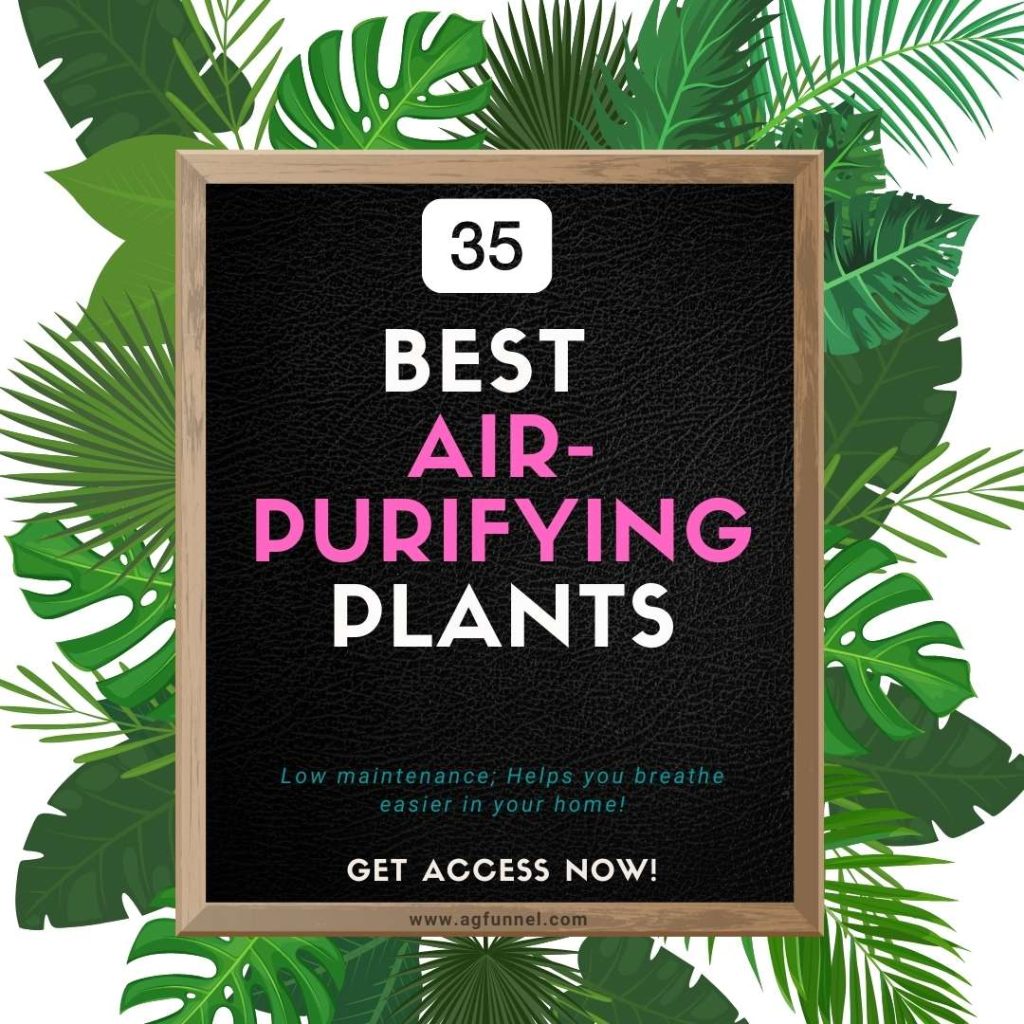
35 best air-purifying plants for your health and better indoor air quality
FAQs
What is a plant humidifier?
A plant humidifier is an essential tool for indoor gardeners. Creating the perfect environment in your home or office is crucial to success in gardening. A plant humidifier will ensure that your plants are well-hydrated, which in turn will help them grow quicker and healthier.
What does a plant humidifier do?
A plant humidifier adds moisture to your plant's surroundings. Maintaining just the right humidity level is important for plant health. Drier air can cause plant leaves to turn yellow, plant roots to grow slower, and plant flowers to wither faster. Regular spraying with water or other liquids has traditionally been done on plants, but this can be messy and requires frequent applications. Plant humidifiers promote healthy plant growth while reducing the need for manual watering.
Vaporizer vs. humidifier: What is the difference between a vaporizer and humidifier?
The difference between plant humidifiers and plant vaporizers is that plant vaporizers are used to ensure plant health when the plant is kept in a steamy environment. Plant vaporizers are used when grow lights are installed directly above the plant, where there is heavy plant water, or when the plant receives drip feed regularly. A plant vaporizer releases steamy steam to warm up plant parts to absorb more nutrients and moisture needed for plant growth. Whereas a plant humidifier is an appliance that releases a fine mist of water into the air to help plant leaves stay hydrated.
How does a humidifier work? What is the plant humidifier used for?
To function, plant humidifiers need to be filled with water. Once that is complete, plant humidifiers release a fine mist of the liquid in the form of steam into the air. This plant humidifier can emit water in a cool fog or a warm mist. A plant humidifier is used to provide humidity to plants for their growth. The plant humidifier helps plant leaves stay hydrated. It ensures plant health by providing a perfect environment.
How do I use a plant humidifier?
Plant humidifiers must be filled with water before producing the desired effect. Some plant humidifiers have adjustable mist controls so that you can adjust the temperature depending on the plant's requirements. Setting the plant humidifier at a medium-high mist is recommended for most indoor plants.
Where to place humidifiers for plants?
Most plant humidifiers are on the floor near plant pots, vases, or even plant shelves. This is because plant humidifiers emit a fine mist that plant leaves can easily absorb. The water mist sprayed into the air helps create humid conditions to sustain plant growth. Some plant humidifiers also include adjustable mist control knobs, which allow you to adjust the temperature depending on the plant's requirements.
How long to use a plant humidifier?
Plant humidifiers should be used for about 4-5 hours each day.
How to use a plant humidifier?
Fill the plant humidifier with water, set it in a medium mist, and turn it on. The plant humidifier releases a fine mist that plant leaves can easily absorb into the air.
When should I use a plant humidifier?
You can use a plant humidifier every morning till early afternoon. When you put a humidifier in your growing area too late in the day, there's a danger that it will leave too much moisture in the air overnight, which the plant doesn't absorb as effectively, raising the chance for mold or fungus.
How to know if your plants need a humidifier?
It would help if you used a plant humidifier when the leaves and their tips become brown; plants start to wilt and droop and lose more dry leaves than usual. Similarly, if the top layer of soil is dry or does not seem wet or moist, and the foliage feels crispy when you touch them, they may require plant humidifiers.
Which type of plant humidifier should I get?
Determine which humidifier is best for your situation by considering size, power source, plant type, and environmental variables because houseplants are maintained in the same location for lengthy periods. On the other hand, stock plants require considerably more humidity; therefore, bigger output plant humidifiers are recommended.
Can Watering Cans Also Help in Increasing Humidity for Plants?
Yes, the best watering cans for plant lovers can also help in increasing humidity for plants. By gently misting the leaves and soil, watering cans can create a more humid environment around the plants, especially useful for those that require higher humidity levels to thrive.
Warm or cool humidified: Are cool mist humidifiers good for plants?
Yes, cool mist humidifiers are good for plants. The cool mist humidifier requires less energy than the warm mist humidifier. They are also cheaper to run and easier to clean but noisier than the warm mist humidifier.
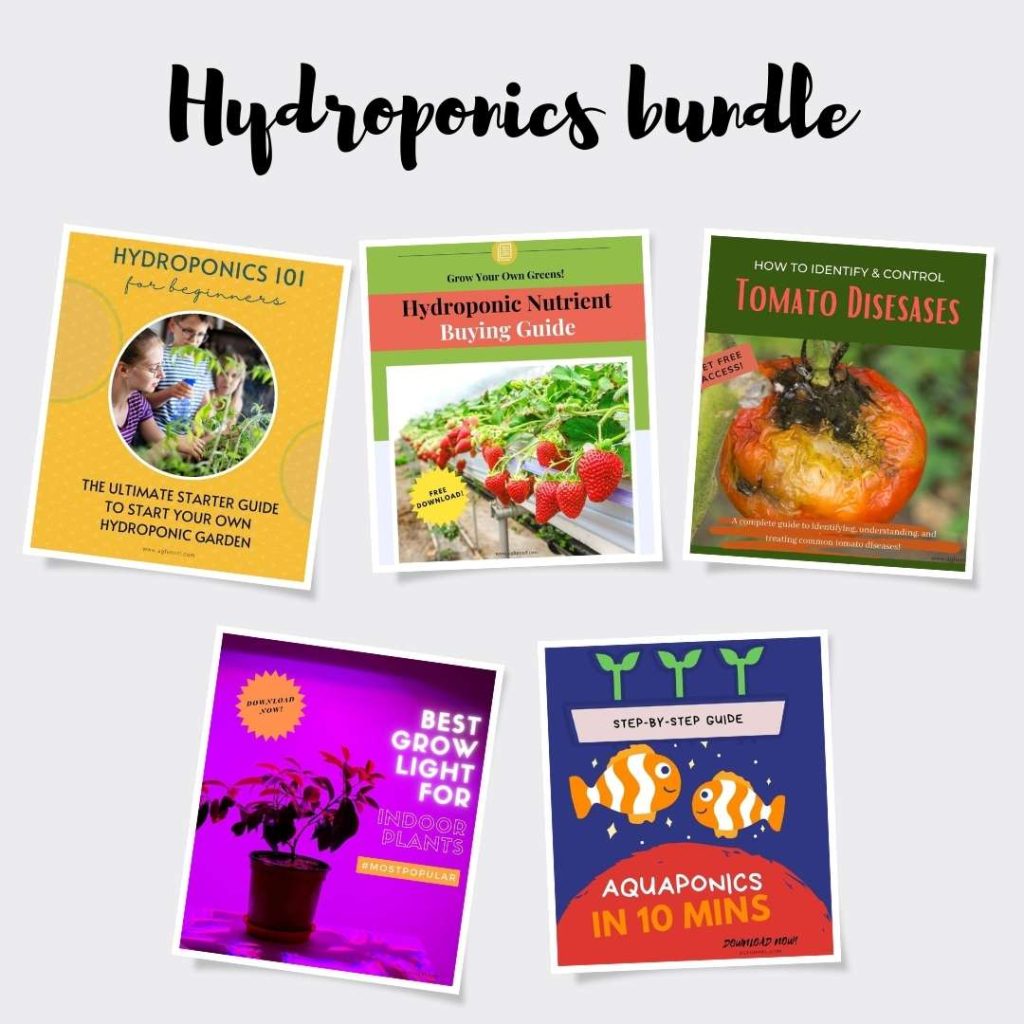
Learn everything about hydroponics, from the basics to advanced techniques.

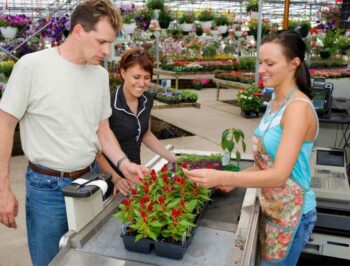
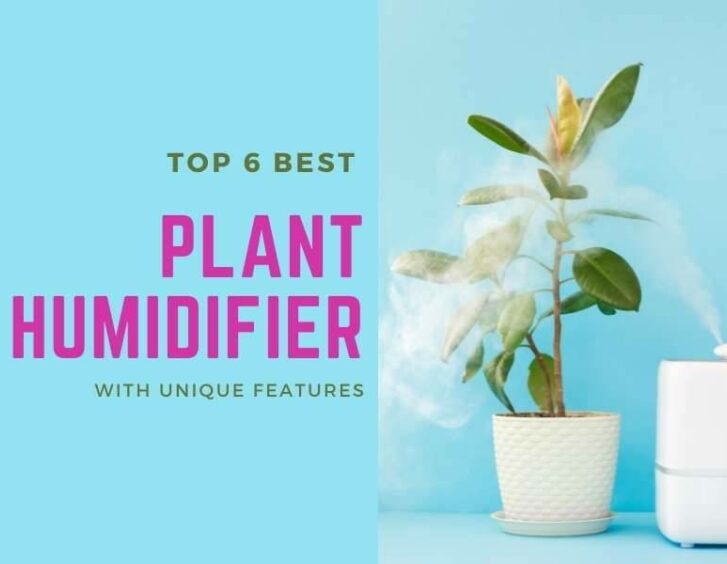












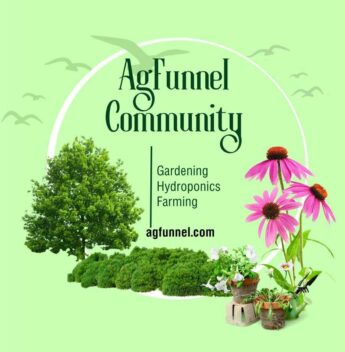
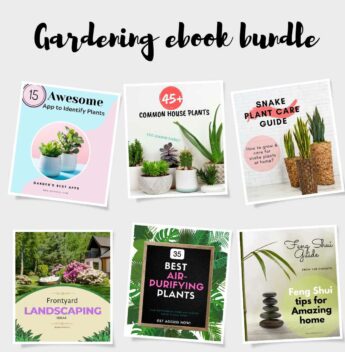
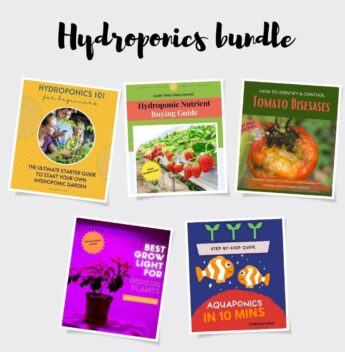

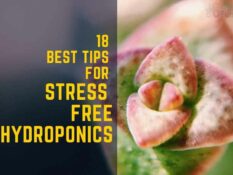
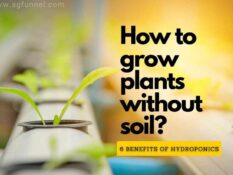
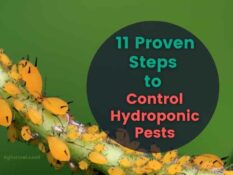
 Lalmon LLC. All rights reserved
Lalmon LLC. All rights reserved